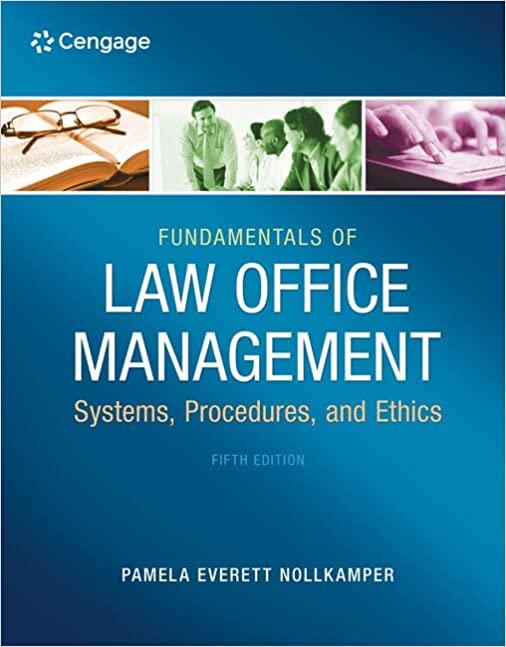Question
1.The MTA did a study on Cross Price Elasticity ( E x ) to determine the sensitivity of MTA ridership to fees charged by Uber
1.The MTA did a study on Cross Price Elasticity (Ex) to determine the sensitivity of MTA ridership to fees charged by Uber and Lyft. The study revealed this value:
Ex = +3.17
Given the above Ex value, should the MTA managers be concerned about its own ridership if Uber and Lyft both announce considerable fee decreases for their services? Why? Defend your answer.
2.A pharmaceutical company introduced a new life-saving medication onto the market.The company did a study on the Price Elasticity of Demand (Ep) to determine the sensitivity of consumers to changes in the price of the medication. The study revealed the absolute value of the Ep to be:
Ep = 0.12
Given the above Ep absolute value, what action is the pharmaceutical company likely to take to influence its total revenue from the sale of the medication? Why? Explain your reasoning.
3.1.When performing Linear Regression to estimate the Law of Demand in a market, please accurately explain the following procedures:
a.What is the role of the Ordinary Least Squares (OLS) procedure, and why is it considered to be a reasonable method of estimation?
b.When using sample data to estimate a population-level relationship, why is it necessary to engage in hypothesis testing?
c.What are Type I and Type II errors, and why should researchers estimating demand relationships be concerned about these errors?
Step by Step Solution
There are 3 Steps involved in it
Step: 1

Get Instant Access to Expert-Tailored Solutions
See step-by-step solutions with expert insights and AI powered tools for academic success
Step: 2

Step: 3

Ace Your Homework with AI
Get the answers you need in no time with our AI-driven, step-by-step assistance
Get Started


